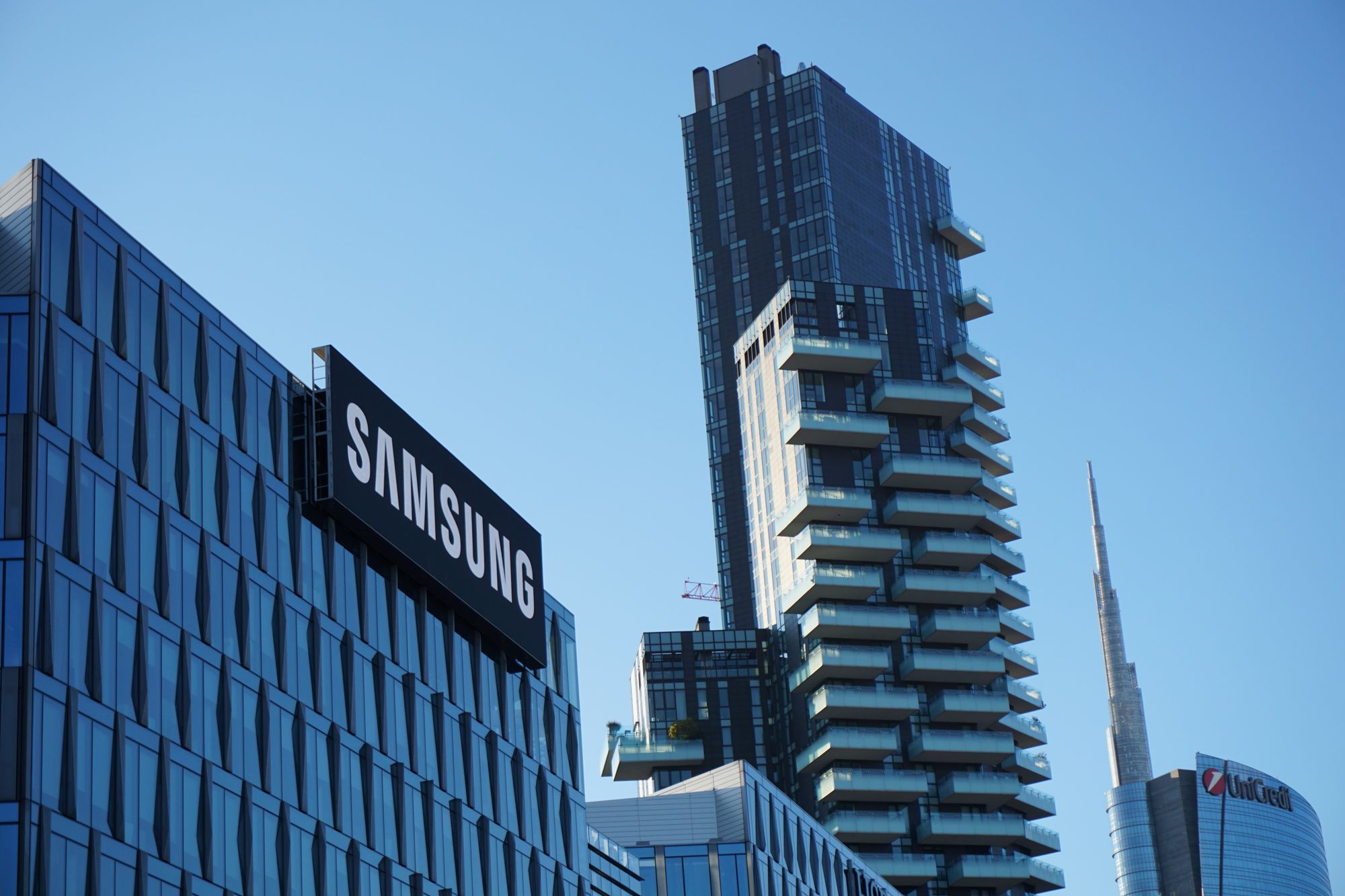Debian 6.0 "Squeeze" Released
 After 2 years of development, the successor to Debian 5.0 “Lenny” is finally declared stable and officially released as Debian’s next release. Debian Squeeze, the next installment in the Debian series brings lots of new features and abilities to the Debian platform.
After 2 years of development, the successor to Debian 5.0 “Lenny” is finally declared stable and officially released as Debian’s next release. Debian Squeeze, the next installment in the Debian series brings lots of new features and abilities to the Debian platform.
In the press release Debian states that the distribution is now coming in two “flavors” or versions, the main Debian GNU/Linux and now the Debian GNU/kFreeBSD is also being introduced as a “technology preview” to the public.
Debian is an amazingly stable system and is a base for the widely popular Ubuntu operating system. All Debian versions are made for nearly every architecture on the market, including the 32-bit, 64-bit, PowerPC and more architectures like it.
Another huge step Debian made in their release introduces a completely free Linux kernel, that no longer has problematic firmware files. For users unaware that makes Debian a complete free system and by non-default the areas in Debian that are not free have been moved into a different database and turned off for normal users. If necessary advanced users can enable and pull from these databases if they so choose.
Furthermore, Debian 6.0 developers have worked in a dependency based boot system that is supposed to make system start-up faster and more reliable. With the increasing use of netbooks Debian also built-in tool to make the small notebooks more powerful and ready for the system.
Along with the major release most open source developers are coming out with updates, including:
- OpenOffice.org 3.2.1
- MySQL 5.1.49
- Linux 2.6.32
- Apache 2.2.16
- Python 2.6.6, 2.5.5 and 3.1.3
- Perl 5.10.1
- PHP 5.3.3
Those among 29,000 other packages are gearing up for the new Debian 6.0 and releasing updates to their system.
Debian’s systems power most of the servers world-wide. The thing about Debian is they work out the kinks before releasing, so unlike Ubuntu or other Linux operating systems who release a new version ever couple of months, Debian take about one to two years to release a version, which makes their platform incredibly stable and easy to use.
Debian is not just for the geekiest of geeks anymore, they have both GUI and server version and can, if necessary, become your primary desktop. Debian can be downloaded from many different methods, it is available now from BitTorrent and HTTP downloads with CD/DVD coming soon by orders. There are even many version that can install from your USB drive, it just take some looking around and getting used to.
How To Upgrade To Debian 6.0 “Squeeze”
Replace your apt sources list as follows:
/etc/apt/sources.list
# main repo
deb http://ftp.debian.org/debian/ squeeze main
deb-src http://ftp.debian.org/debian/ squeeze main
deb http://security.debian.org/ squeeze/updates main
deb-src http://security.debian.org/ squeeze/updates main# contrib & non-free repos
#deb http://ftp.debian.org/debian/ squeeze contrib non-free
#deb-src http://ftp.debian.org/debian/ squeeze contrib non-free
#deb http://security.debian.org/debian/ squeeze/updates contrib non-free
#deb-src http://security.debian.org/debian/ squeeze/updates contrib non-free
Update the repositories:
apt-get update
Issue the following command to grab the latest version of key system utilities:
apt-get install apt dpkg aptitude
And lastly, upgrade your system by issuing the following command:
apt-get dist-upgrade
The last section might take a while depending on your internet connection and speed of the system. During this time be sure to leave your computer alone, if it gets shutdown or corrupt in any way you may lose the operating system. It may also ask you some other questions, about dash, unless you know what you are doing leave everything to default and continue installation.
For me on a quad-core server in a tier 1 data-center it took all of 5 minutes to update the system completely, no restart required.




